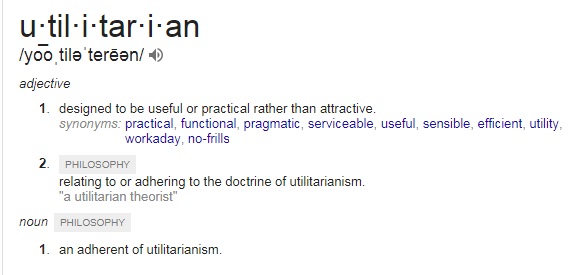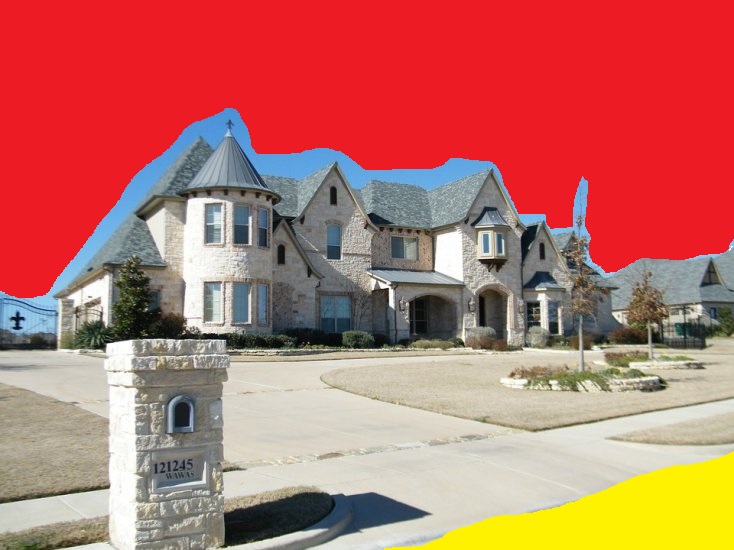Alfred Marshall’s (Principles of Economics, 1891) view of housing still goes right to the heart of what makes housing and built environment an important anthropological topic. No artifact is so clearly multi-functional, simultaneously a utilitarian object of absolute necessity, and an item of symbolic material culture, a text of almost unending complexity.

In every house the economic, social and symbolic dimensions of behavior come together. This may be why the analysis of housing has had such a wide appeal in disciplines as diverse as social psychology, folklore, economics and engineering. Anthropologists themselves have shown a new willingness to consider the house as a key artifact in understanding the articulation of economic and social change during economic development.

From the perspective of our own contemporary society, surrounded by houses of all shapes and sizes, where wealth and luxury are synonymous with housing, this seems obvious and commonplace. The 1980’s television show “Lifestyles of the Rich and Famous” and journals like “Architectural Review” are odes to the home as a shrine and symbol of wealth. But just as clearly, there are societies where all the houses look alike, even though all the people are not alike. Perhaps then, the assumption that there is something natural and obvious about spending on the house and home market as a marker of prestige is ethnocentric. Why the house instead of something else?

A number of anthropological approaches attempt to place the house in a theoretical context which answer this question by relating housing to social, economic, and psychological variation and change. For example, a utilitarian approach that views the house partially as a workspace links changes in the elaboration of houses to changes in the kinds of work done in the household (Braudel 1973:201). Or if the house is seen as a reflection of how all household activities are organized and divided, then the shape of the house will change as activities are modified, differentiated, or recombined (Kent 1983, 1984).

An even more utilitarian perspective relates the form of the house to climate, technology and the kinds of building materials that are available (Duly 1979). For the Silo, Richard R. Wilk.
Read on..click here and read the full PDF document on your device.
Supplemental- Complete Text Principles of Economics (London: Macmillan and Co. 8th ed. 1920).
Author: Alfred Marshall
About This Title: This is the 8th edition of what is regarded to be the first “modern” economics textbook, leading in various editions from the 19th into the 20th century. The final 8th edition was Marshall’s most-used and most-cited.

Doug Ford Opposes Rent Control
Conservative Leader would leave renters vulnerable to sudden, dramatic increases
(Toronto) Doug Ford wants renters to fend for themselves, saying he believes “the market” is better than rent control laws designed to protect tenants from higher rents and unfair rent increases.
Rent control measures are protecting millions of Ontarians from sudden, dramatic rent increases. But when pressed directly about his thoughts on rent control, Ford said, “I just don’t like it. I like having the market dictate” (Globe and Mail video, March 14th, 2018).
But the “market” doesn’t protect renters if a landlord wants to unfairly jack up rates. And the “market” doesn’t protect Ontario families against wealthy foreign speculators as they compete for homes in the GTHA.
“Doug Ford is out of touch if he thinks the ‘market’ will protect renters and homebuyers in Ontario,” said Ontario Liberal MPP Peter Milczyn. “Now is not the time to cut and run when families need it most – now is the time to invest in care.”
At a time when Ontarians need a government that chooses to care and invest, Doug Ford and the Conservatives are instead only offering an agenda filled with massive cuts to health, education and other important public services.
Now is not the time to slash investments just when families need it most. Now is the time to invest in care.
For More Information: communications@ontarioliberal.ca Please mention The Silo website when contacting.